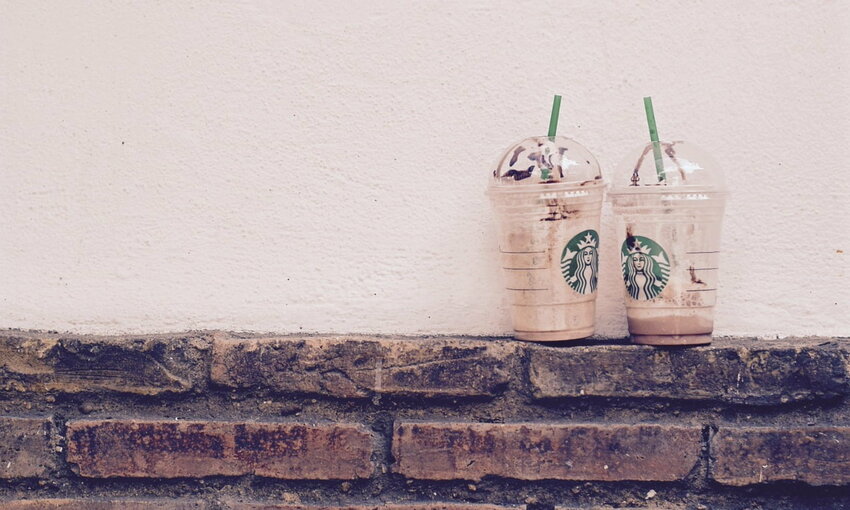 (Credit: Pixabay)
(Credit: Pixabay)Starbucks will work to meet its 2030 target of carbon neutral green coffee, reducing greenhouse gas (GHG) emissions in coffee at origin then compensating for any remaining emissions, by deploying three primary strategies:
1. Decreasing carbon emissions in Starbucks supply chain by equipping farmers with precision agronomy tools.
Through Starbucks Farmer Support Centers and a new soil scanning mobile app, the company is helping farmers understand the specific nutrients and fertilizer needed to increase farm productivity. In fact, more than 11,500 soil and foliar samples have been collected to date. With these custom, farm-specific solutions, farmers can target and decrease fertilizer use, which helps to decrease carbon emissions on their farms — and increase farm productivity.
2. Promoting and distributing climate-resistant tree varietals.
With Starbucks open-source agronomy approach, the company shares research, seeds, and seedlings with farmers all around the world, helping farmers to adapt to climate change. These climate-resistant varietals are rust-resistant and enable farmers to grow more coffee on the same amount of land, which then helps to reduce overall carbon emissions.
3. Protecting and restoring at-risk forests in key coffee landscapes.
Land use change and deforestation are the greatest climate risks facing the coffee industry. Working in partnership with Conservation International, Starbucks will invest in forest and landscape protection and restoration programs in coffee producing countries, starting in Colombia and Peru. These agroforestry efforts will not only remove carbon and support the carbon neutral pathway, but also will benefit freshwater ecosystems and coffee communities.
In addition, Starbucks will achieve 50% conservation in water usage by 2030 by:
1. Conserving water by directly investing in new ecological wet mills (eco-mills) for C.A.F.E. Practice farms.
Over the last year, Starbucks purchased nearly 600 eco-mills that have been distributed to coffee farms in Guatemala, Mexico, Peru, Kenya, and Rwanda. The result has been up to 80% water savings in coffee processing where installed.
2. Investing to make current water processing technology and machinery even more efficient.
Through Starbucks Tryer Center, we are working with suppliers to explore improvements to existing water processing machinery and technology. Meanwhile, through our Farmer Support Centers, we are conducting research and gathering insights from farmers to inform future machine design and operations.
3. Developing water replenishment projects in coffee communities.
As part of Starbucks long-term water strategy, the company will develop water replenishment projects at origin, with a focus on communities and basins with high water risk.